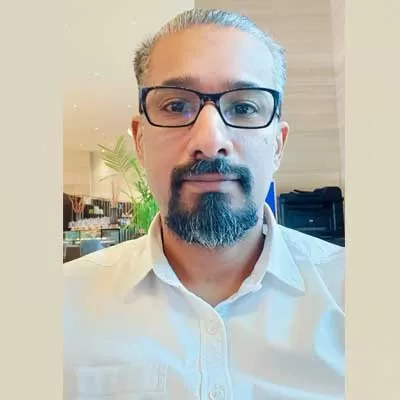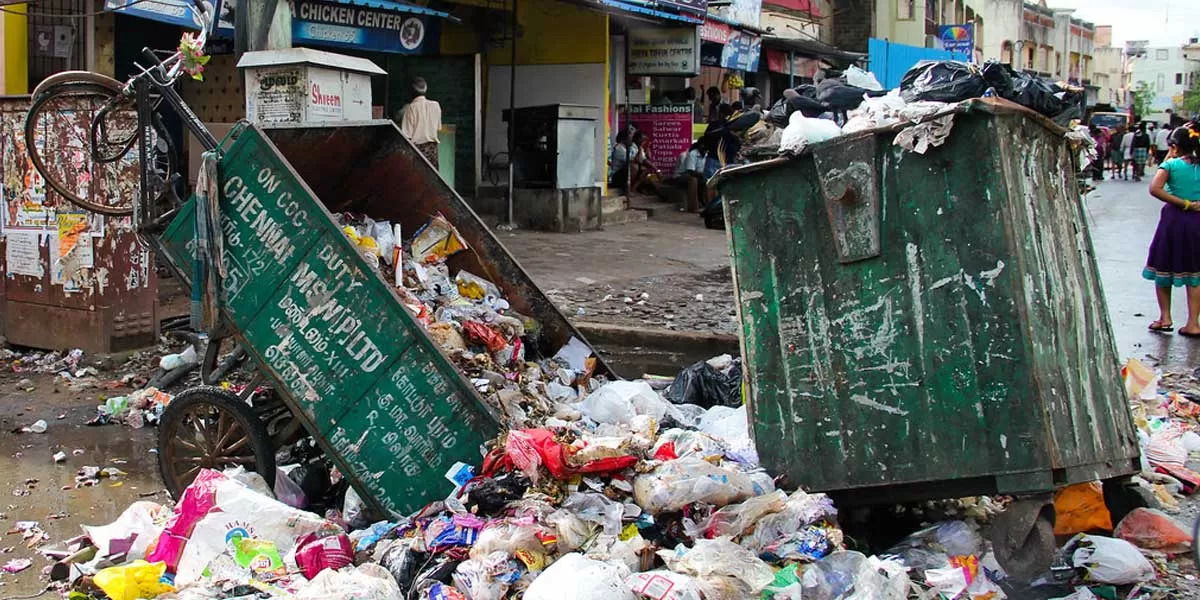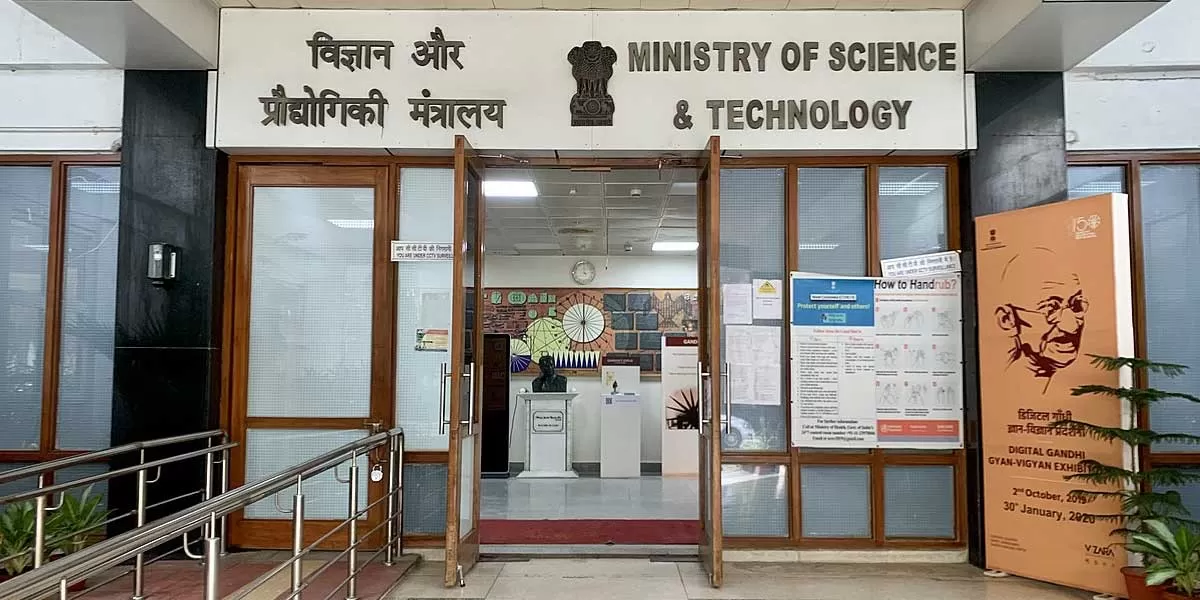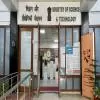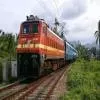Marking a paradigm shift in the tolling system in India, the National Highways Authority of India (NHAI) has invited bids to select an acquirer bank for the country’s first multi-lane free flow (MLFF) toll collection on the recently opened Dwarka Expressway. Muraleemohan,
Chief Operating Officer (COO), Maple Highways, in conversation with R SRINIVASAN, elaborates upon the benefits of the Global Navigation Satellite System (GNSS)-based tolling system in making travel hassle-free and improving upon the FASTag setup. Excerpts:
‘The time to be in India is now’. How does this
catchphrase dovetail with the growing international interest in Indian road assets?
Road construction in India in the past five-plus years has seen an unprecedented pace. Many projects are getting completed and coming to market, whether they are engineering, procurement and construction (EPC), hybrid annuity model (HAM), expressways or toll operate transfer (ToT). When TOT came into the picture, it was seen barely once in six months but now we see at least three bundles once in three months. Additionally, NHAI and other agencies have maintained a healthy pipeline of investment opportunities, showing a stable, long-term trend. Also, the ToT programme has reached a state of stability. There is a reasonable amount of maturity and standard documents investors can work on. Currently, at least four different bundles of TOT bids are simultaneously going on in varied sizes, geographies, scale, risk, etc, that everybody can pick and choose from. Further, we are seeing some policy consistency.
In your view, which model is best suited for road projects and why?
This question needs to be viewed from two angles: road development and road management. For road development, India’s growing demand for new roads makes EPC and HAM the most viable models. BoT, while aspirational, is less preferred due to its risk profile although recent projects have seen some encouraging participation. EPC and HAM have proven contractual practices and balanced risk-sharing, making them best suited for India’s road development needs. For road management, ToT stands out. With the establishment of the National Highways InvIT and other initiatives, asset management is becoming increasingly organised. ToT projects bring high-calibre operators to the table, enhancing operational efficiency. These models offer a structured and reliable way to handle road assets post-construction, which is crucial for sustainable infrastructure management.
NHAI has invited bids to select an acquirer bank for India’s first MLFF toll collection on Dwarka Expressway. How does this system improve upon the FASTag setup?
MLFF tolling represents a significant step forward in toll collection efficiency. Unlike FASTag, which requires boom barriers, MLFF operates without barriers, reducing traffic bottlenecks and average wait times. We’re using a combination of high-speed radio-frequency identification (RFID) readers and advanced automatic number plate recognition (ANPR) cameras to ensure seamless tolling even at high speeds. It’s a natural progression from FASTag, leveraging the same core infrastructure but removing the need for vehicles to stop. This system has already been successfully implemented on the Delhi-Meerut Expressway on a trial basis. The transition to MLFF aligns with global practices, particularly in regions like Taiwan that use similar technology. For India, this technology promises improved toll compliance and enhanced operational efficiency – a great move towards frictionless road use.
Electronic toll collection (ETC) systems are widely used globally. How does India’s approach differ, and have there been significant revenue gains as a result?
Many countries use onboard units for toll collection, which directly debit from user accounts, but they come with higher costs. India’s approach, spearheaded by technocrat and entrepreneur Nandan Nilekani’s vision, utilises low-cost RFID-based FASTag, making it affordable and scalable, which is crucial for a country like India. Banks even offer FASTag at no cost, showcasing the economic viability of this choice. In terms of revenue, the system has curbed significant pilferage. Compliance levels, too, have increased drastically with electronic tolling now at 99 per cent penetration in India, far exceeding the 70-80 per cent seen in many developed countries. Most global ETC systems still allow cash as a backup option, which limits full adoption. In India, however, a non-ETC user faces a steep penalty and cash is no longer accepted, making our system unique and more efficient in achieving near-total compliance.
The 28-km Dwarka Expressway will have only one tolling point at the Delhi-Gurgaon border, about 9 km from the Delhi side. How will tolls be managed for vehicles that use the expressway without passing the toll point?
India utilises both open and closed tolling systems. Open tolling, which applies here, charges vehicles only when they pass designated toll plazas, meaning some drivers might use part of the expressway without paying if they exit before reaching the toll point. Conversely, others may use only a small portion of the road but still pay the full toll. This is inherent to the open tolling model and similar practices are seen across the country in most toll plazas. It's not to be viewed as evasion but simply the nature of the tolling system in place. For projects with full access control like the Delhi-Mumbai Expressway, we use closed-loop tolling where users pay for the distance travelled.
NHAI will now share toll payment details with the Vahan database. Will this step effectively reduce non-payment issues in view of the time lag between getting a NOC and fitness certificates?
This is a critical step as we move toward a more digital and efficient tolling system. However, a key challenge in India is that non-payment of tolls is not legally classified as an offense. Currently, there is no specific legal penalty for toll evasion unless it leads to property damage or violence. To create real accountability, a legislative framework is needed to categorise toll non-payment as an offense, akin to income tax or GST defaults. Internationally, the model is straightforward: Non-payment incurs escalating fines and these penalties are recorded against the vehicle’s registration. This system could work well in India, where incremental penalties would incentivise compliance. It could even create a business model around default collections, opening avenues for private collection agencies.
The next step would be passing legislation that formally treats toll evasion as an offense with penalties, driving greater compliance across the board. There are available norms in several parts of the world, which could be straightaway adopted.
The GNSS-based tolling system is intended to improve traffic flow, reduce pollution and congestion by eliminating the need for physical toll booths and make travel hassle-free. Kindly suggest measures to alleviate potential concerns such as privacy as these virtual booths capture vehicle details including bank account information; potential for signal jamming; weak or unavailable coverage in tunnels, areas with heavy tree cover, ghats, etc; and the initial high investment.
Privacy: Privacy and convenience go hand in hand. The more you share, the more convenient the system can be. Also, under the current ETC regime, several personal details are shared anyway. ETC links the user account to a dedicated wallet, which could still be done in the GNSS regime. I don’t see too much additional risk here.
Signal jamming: GNSS signals can be intentionally jammed, disrupting tolling operations. There are technology challenges with GNSS that need to be overcome. For the system to work, exact mapping of vehicle entry and exit of a highway section is needed. This is somewhat akin to initial issues with RFID reading and quality of readers. These were eventually overcome and I would expect that the initial rollout of GNSS may be on closed loop assets where extensive testing can happen in a controlled environment.
Coverage: Continuous signals and data are not required. We are seeking entry and exit data and, hence, signal drops inside tunnels and under heavy tree cover may not be an issue. Another technical solution could be to make this work on a GIS platform where the existing road network is mapped. This gives additional information to the system on entries and exits.
The investment: MLFF is an automatic next step to the current ETC system, which is very mature. Free flow benefits will arrive with a robust MLFF system. GNSS could see a slow start considering the challenges involved.
